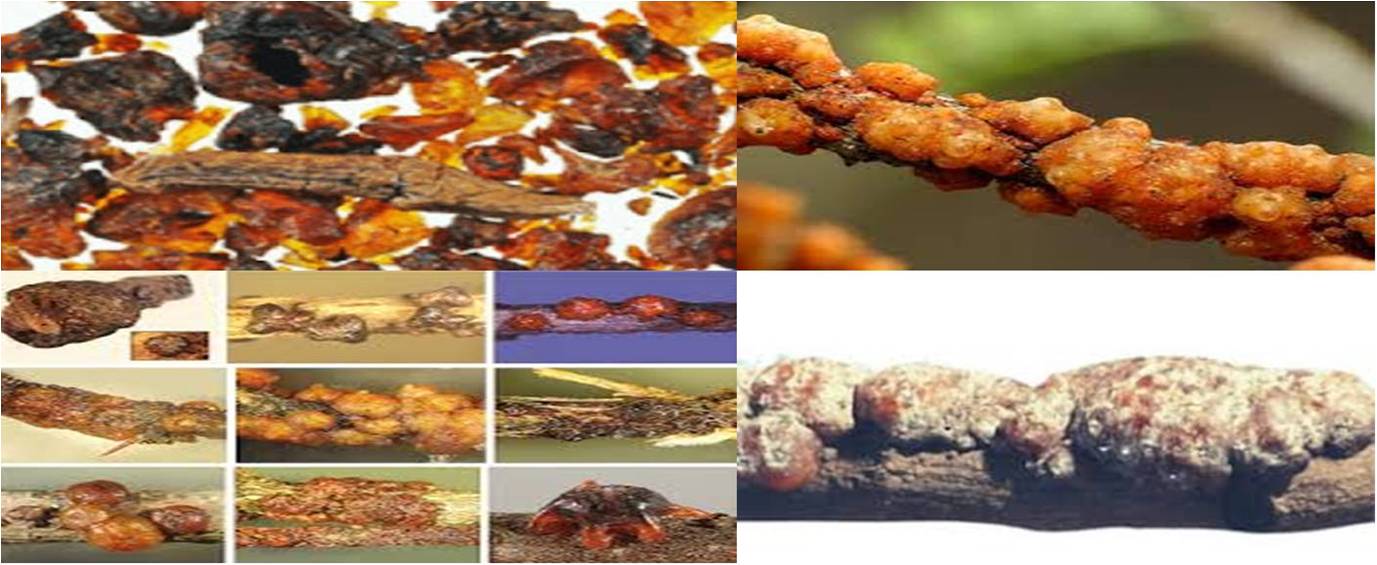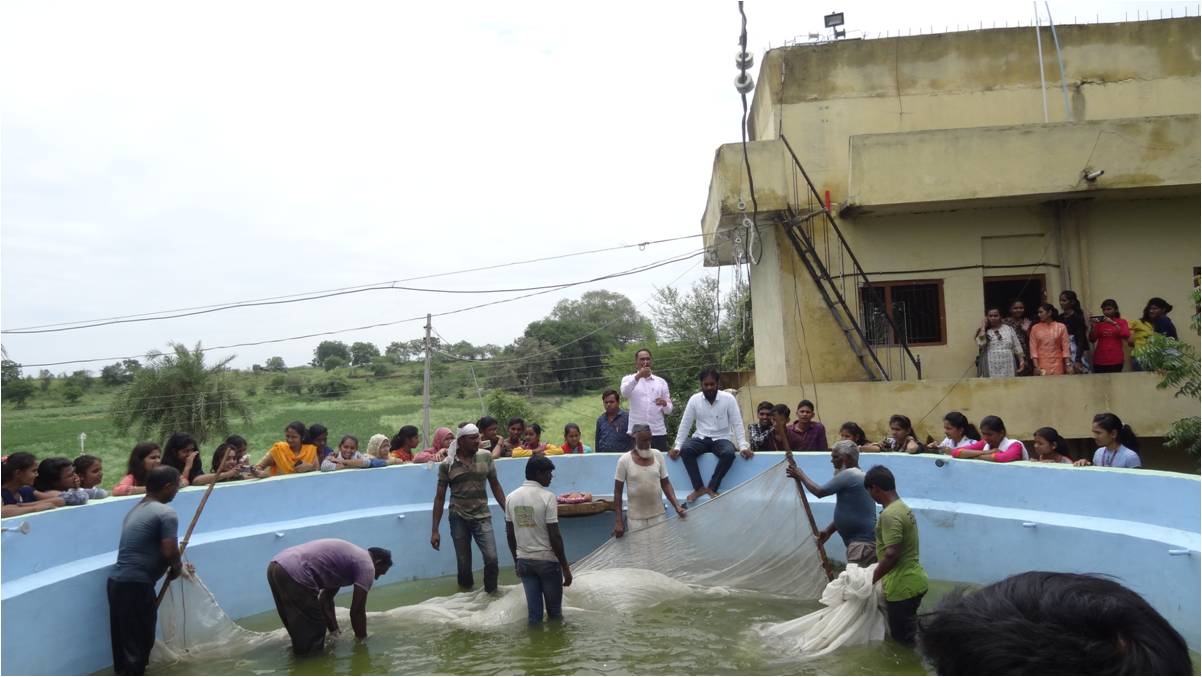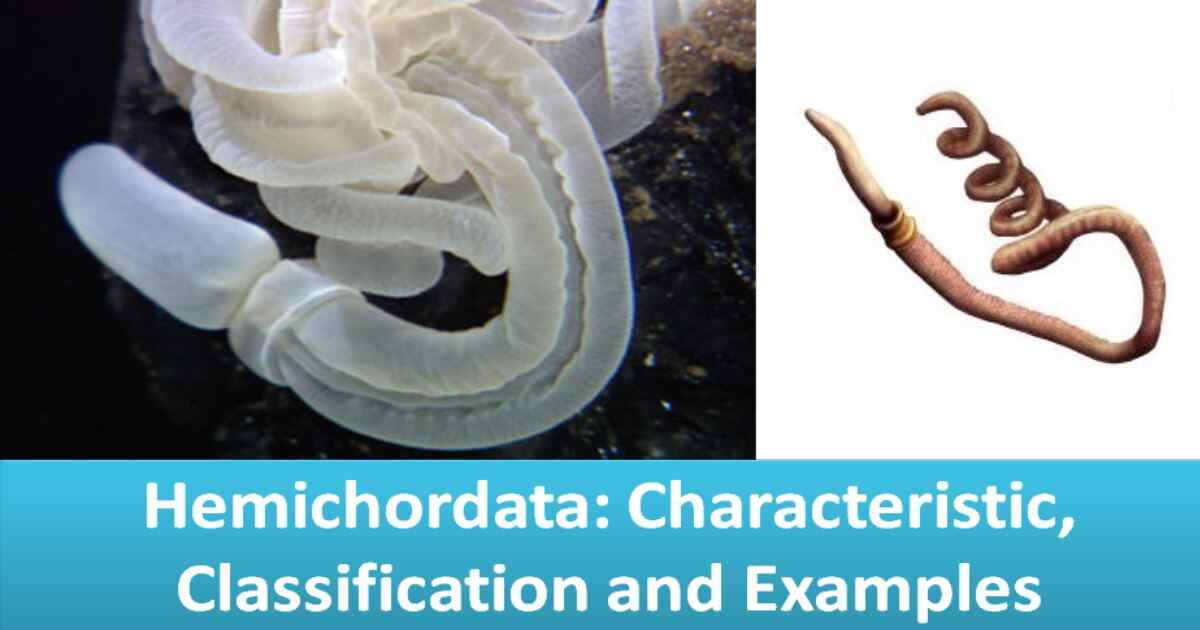Locomotion in Amoeba and Euglena: Locomotion refers to the ability of an organism to move from one place to another. In unicellular organisms, locomotion is typically achieved through specialized structures or cellular processes that propel the organism forward.
Locomotion in Amoeba and Euglena
Amoeba moves using a unique form of locomotion called amoeboid movement, which involves the formation of temporary projections called pseudopodia (false feet). Here’s a detailed look at how this process works:
Mechanism of Amoeboid Movement
1. Formation of Pseudopodia:
- Amoeba extends a part of its cell membrane and cytoplasm to form a pseudopodium in the direction it wants to move.
- This extension is driven by the flow of cytoplasm, which is divided into two parts: the outer, clear ectoplasm and the inner, granular endoplasm1.
2. Cytoplasmic Streaming:
- The cytoplasm flows into the pseudopodium, causing it to extend further.
- This flow is facilitated by the assembly and disassembly of actin filaments within the cytoplasm2. ‘Locomotion in Amoeba and Euglena’
3. Attachment and Traction:
- The pseudopodium attaches to a surface, providing traction.
- The rest of the cell’s body then flows into the pseudopodium, pulling the cell forward3.
Theories Explaining Amoeboid Movement
Several theories have been proposed to explain the exact mechanism of amoeboid movement:
1. Sol-Gel Theory:
- This widely accepted theory suggests that the cytoplasm alternates between a more fluid (sol) state and a more solid (gel) state.
- The conversion between these states helps in the extension and retraction of pseudopodia1.
2. Contraction-Hydraulic Theory:
- This theory posits that the contraction of the ectoplasm creates pressure that pushes the endoplasm forward into the pseudopodium1.
3. Surface Tension Theory:
- According to this theory, changes in surface tension at different parts of the cell membrane drive the movement1. ‘Locomotion in Amoeba and Euglena’
Types of Pseudopodia
Amoeba can form different types of pseudopodia, each adapted to specific functions:
- Lobopodia: Broad and blunt, commonly used for movement.
- Filopodia: Thin and pointed, often used for sensing the environment.
- Axopodia: Long and thin, supported by microtubules, used for capturing prey2.
Importance of Amoeboid Movement
Amoeboid movement is not only crucial for locomotion but also for other vital functions such as feeding and responding to environmental stimuli. This type of movement is also seen in certain human cells, like white blood cells, which use it to navigate through tissues and perform immune responses2 ‘Locomotion in Amoeba and Euglena’
Locomotion in Euglena
Euglena, a single-celled organism found in freshwater environments, exhibits two primary types of locomotion: flagellar movement and euglenoid movement.
Flagellar Movement
1. Structure and Function:
- Euglena has a long, whip-like structure called a flagellum located at its anterior end.
- The flagellum beats in a spiral motion, creating waves that propel the organism forward, much like a boat’s propeller1. ‘Locomotion in Amoeba and Euglena’
2. Mechanism:
- The flagellum undergoes lateral movements, generating forces parallel and perpendicular to the body axis.
- These movements create two types of forces: one that drives the Euglena forward and another that causes it to rotate on its axis1.
Euglenoid Movement (Metaboly)
1. Structure:
- Euglena has a flexible outer covering called the pellicle, which allows it to change shape. ‘Locomotion in Amoeba and Euglena’
- This flexibility is crucial for euglenoid movement2.
2. Mechanism:
- Euglenoid movement involves peristaltic waves that pass along the body, causing it to contract and expand.
- These waves enable Euglena to move in a worm-like fashion, which is particularly useful when navigating through viscous environments3.
Energy Source
- The energy for both types of movement comes from ATP (adenosine triphosphate), which is produced through cellular respiration and photosynthesis1.
Importance of Locomotion
- Flagellar movement is primarily used for swimming in open water, allowing Euglena to move towards light sources for photosynthesis.
- Euglenoid movement helps Euglena navigate through dense or viscous environments, such as mud or detritus






